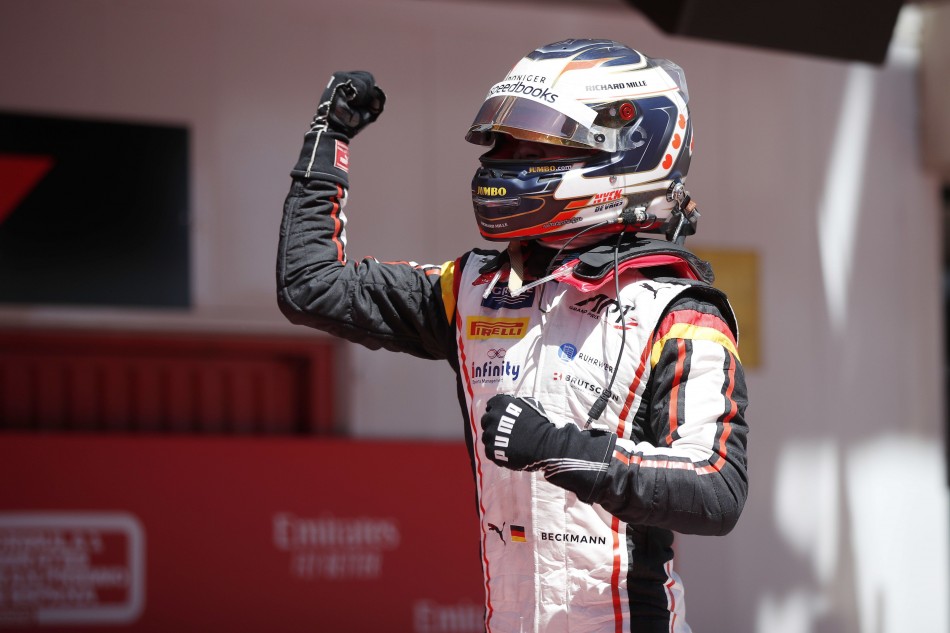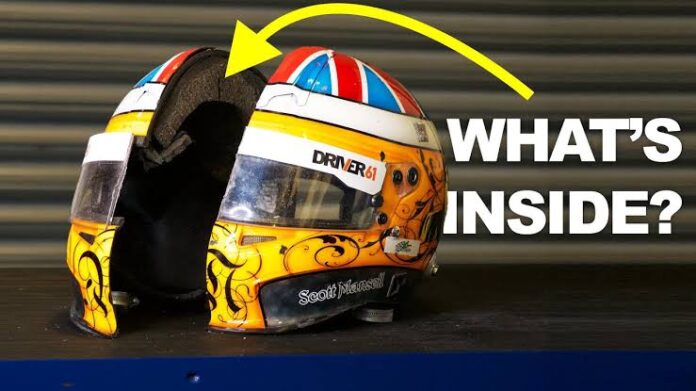Formula 1 Helmet Types, Testing And Standards Everything Explained
The racers’ helmets are recognised by the majority of fans and teams. Helmets are a distinct component of a driver’s attire, with various colours and sponsor and team emblems on each one. In motorsports, however, the primary aim of helmets is to protect the driver’s head from injury. In some cases, these helmets have been the only thing that has kept drivers alive. So, helmets aren’t just for identity, but they’re also necessary protective gear. This article will teach you all you need to know about Formula 1 helmets.
Also Read : Engine Layout Types | Engine Layouts Explained
Formula 1 Helmet History

Glass fibre helmets were first used in Formula One in the late 1950s. Until then, drivers were required to wear cork helmets by the FIA, and a few even wore steel crash helmets. To keep flying pebbles and insects out, early racers simply draped a canvas cloth around their heads and wore goggles. Glass fibre helmets, which were first launched in the 1950s, were far more durable and powerful than steel helmets. Helmets made of glass fibre are more aerodynamic and provide superior face protection. However, the first version of these helmets had an open-faced design, requiring drivers to wear goggles and cover their faces with cloth.
With the formation of the Grand Prix Drivers’ Association in 1961 and a greater focus on driver safety, a visor was added to the helmets. Goggles became obsolete as a result of this. Later on, the FIA added fireproofing to these helmets. The helmets also had an air supply system and radio equipment built in to make communication easier.
What Are The New Rules ?

Carbon fibre helmets took the place of glass fibre helmets in 2001. Carbon fibre was more durable than glass fibre and allowed for more customization and tailoring. Despite the fact that these helmets are normally heavier, they provide for better load distribution in the event of a collision. In a carbon fibre helmet, there are 17 layers in total. A high-density foam is used in the carbon fibre rigid shell. The impact is absorbed and the weight is distributed by the foam liner. The team customises the innermost layer after completing a laser scan of the driver’s skull. A plush foam layer is included in this layer to provide comfort and improved fitment. The helmets, on the other hand, contain chin straps for a better fit and safety for the driver.
Standard And Testings

All helmet designs must pass extensive safety tests, according to the FIA. These tests guarantee that the helmets are capable of properly protecting the driver in the event of an accident. The helmet is subjected to a safety test that entails dropping 5kg of steel anvils from a height of 3.3 metres onto it. The interior foam layer and steel casing should be undamaged even if the exterior half of the helmet is dented. In addition, the helmets’ visors should be made of 3mm thick polycarbonate. The helmets are put to the test by shooting lead pellets at speeds of up to 500 km/h. The visors are put through a series of tests, including putting weight on them and making sure they don’t fall off or cut loose following a crash.
Following an accident involving a Brazilian racer who died from head injuries, new helmet regulations were enacted. The FIA seeks to improve driver safety and is always looking for new ways to do so. F1 drivers would be at greater risk if they didn’t wear these high-quality helmets.
Join Us: Facebook | Whatsapp | Instagram


